Optimal Timing for Waterproofing Projects
Proper timing is essential for effective waterproofing projects. The optimal period depends on weather conditions, temperature ranges, and the specific type of waterproofing material used. Conducting waterproofing during favorable conditions ensures better adhesion, longer-lasting results, and reduces the risk of future water intrusion.
Spring offers moderate temperatures and low humidity, making it ideal for waterproofing applications before heavy rainfall begins.
Warm and dry summer months facilitate quick curing times, but high humidity and rain can pose challenges.
Early fall provides cooler temperatures and less moisture, suitable for waterproofing before winter.
Winter is generally unsuitable due to freezing temperatures and moisture presence, which can compromise waterproofing materials.
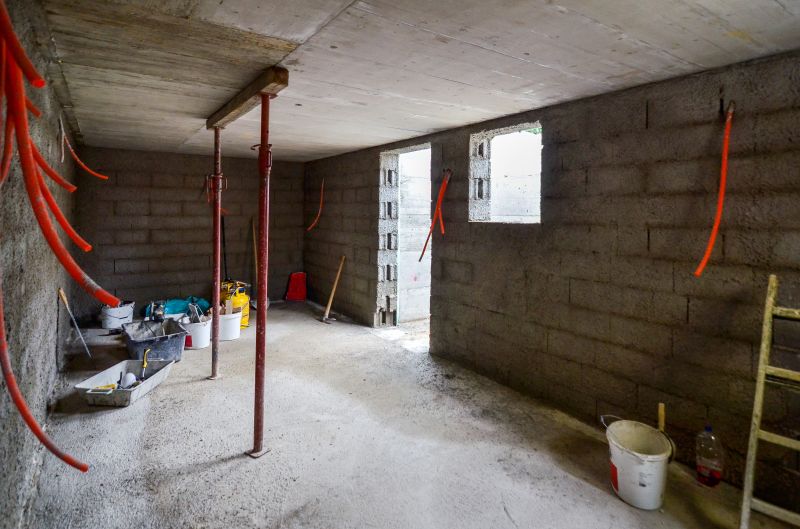
Ways to make Waterproofings work in tight or awkward layouts.
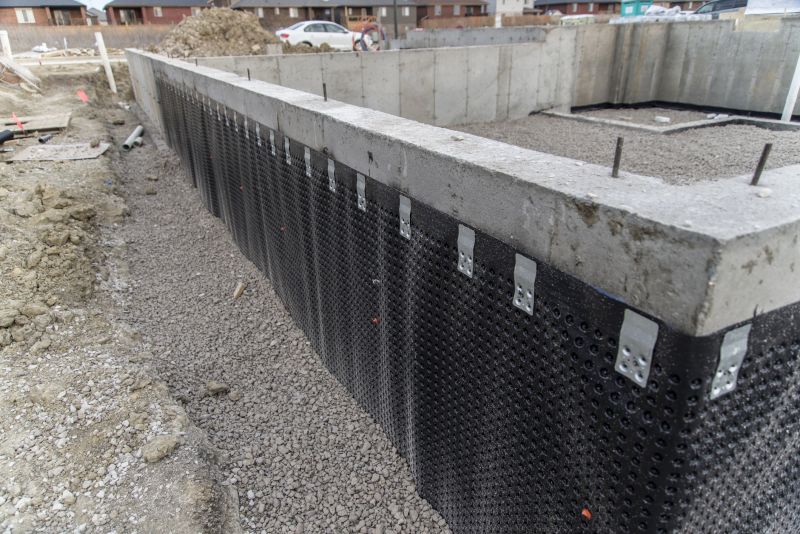
Popular materials for Waterproofings and why they hold up over time.
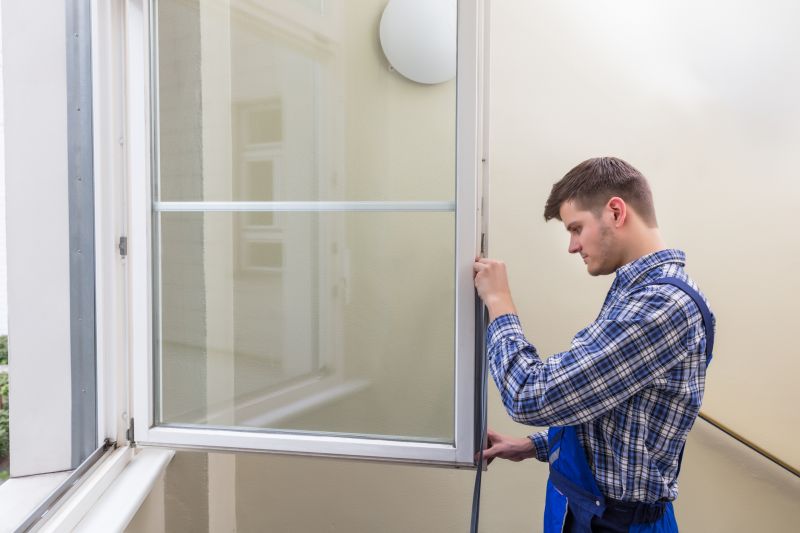
Simple add-ons that improve Waterproofings without blowing the budget.
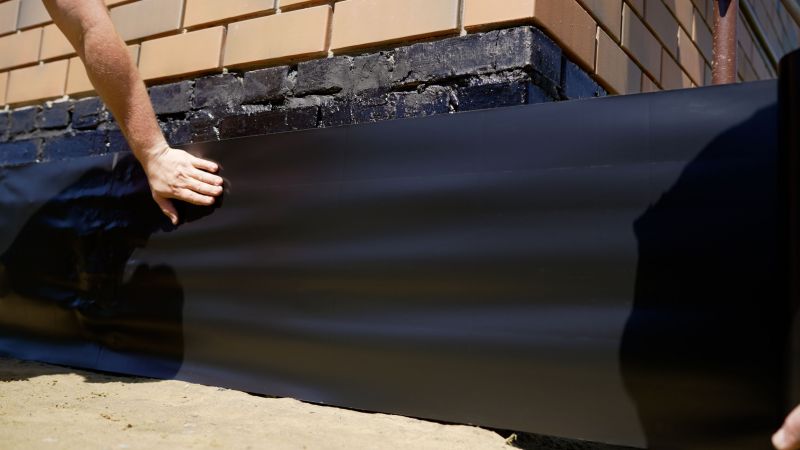
High-end options that actually feel worth it for Waterproofings.
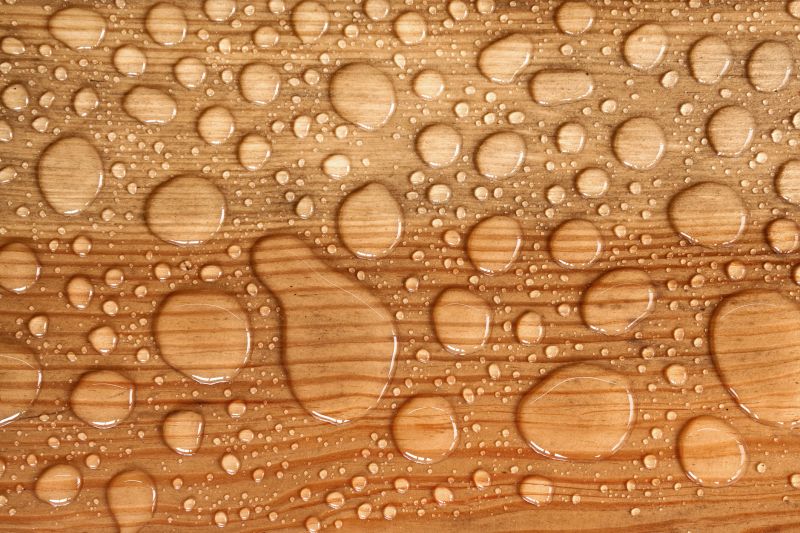
Finishes and colors that play nicely with Waterproofings.
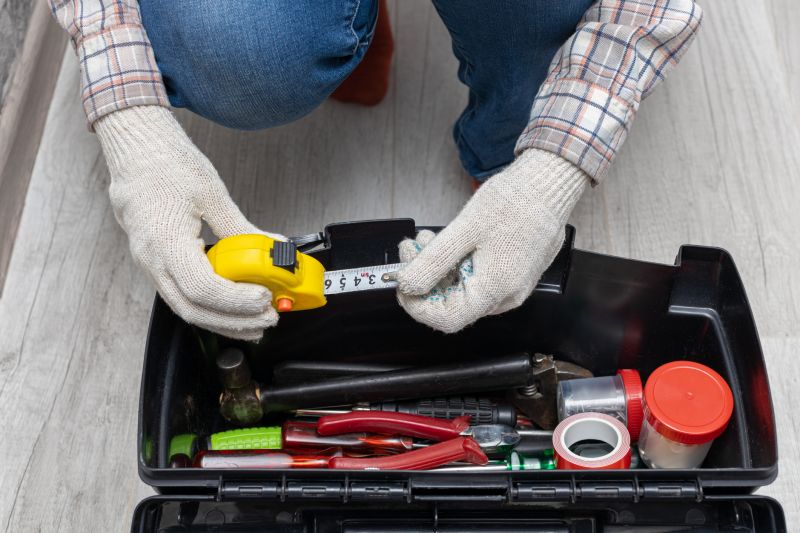
Little measurements that prevent headaches on Waterproofings day.
Waterproofing is a critical process that prevents water penetration into structures, protecting foundations, basements, and roofs. It involves applying specialized materials to surfaces to create a barrier against moisture intrusion. Proper waterproofing extends the lifespan of structures, reduces repair costs, and maintains indoor comfort by preventing water-related issues such as mold and rot.
Statistics indicate that water intrusion accounts for a significant percentage of structural damages annually. Effective waterproofing can reduce these damages by up to 70 percent. The choice of waterproofing material and timing plays a vital role in ensuring durability and effectiveness, especially in regions with variable weather patterns.

A 60-second routine that keeps Waterproofings looking new.

A frequent mistake in Waterproofings and how to dodge it.
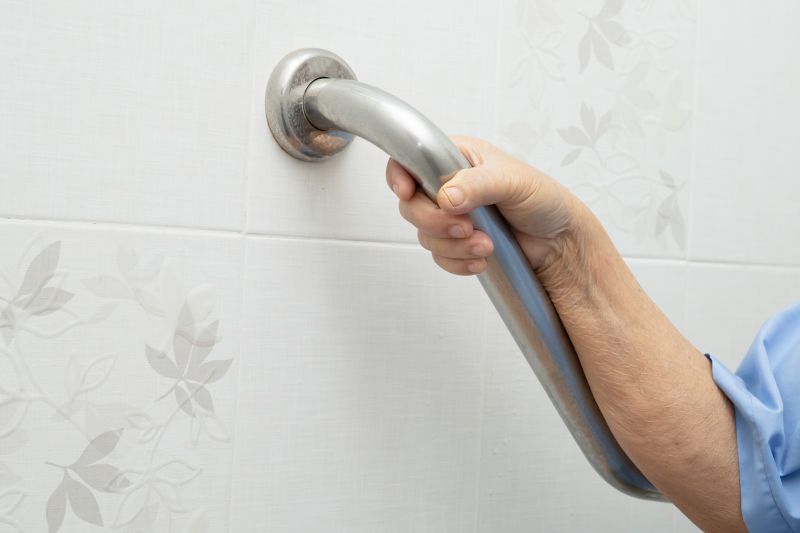
Small tweaks to make Waterproofings safer and easier to use.
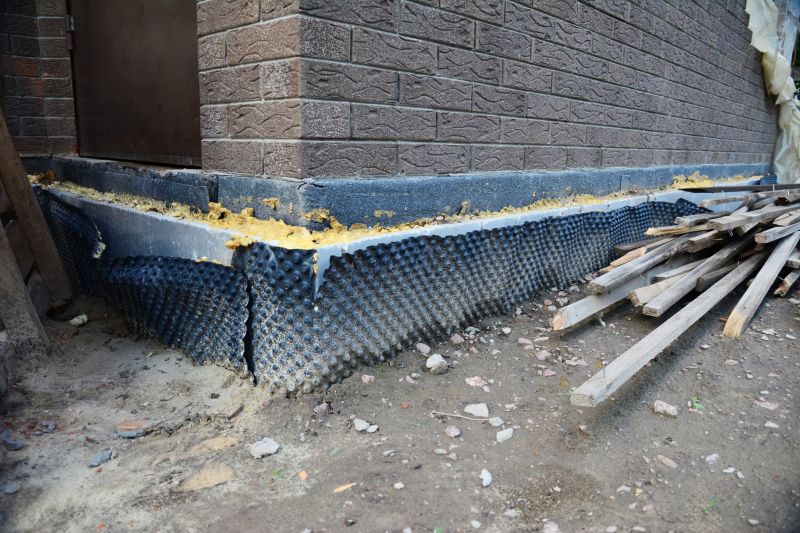
Lower-waste or water-saving choices for Waterproofings.

The short, realistic tool list for quality Waterproofings.
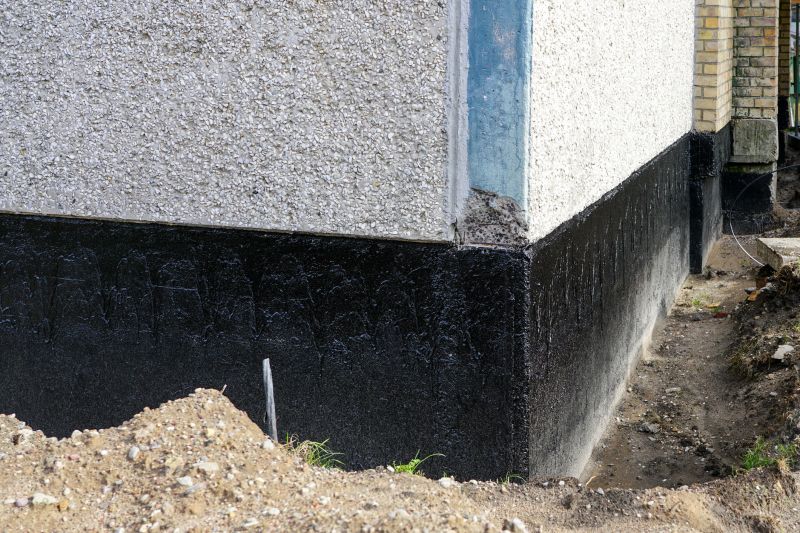
Rough timing from prep to clean-up for Waterproofings.
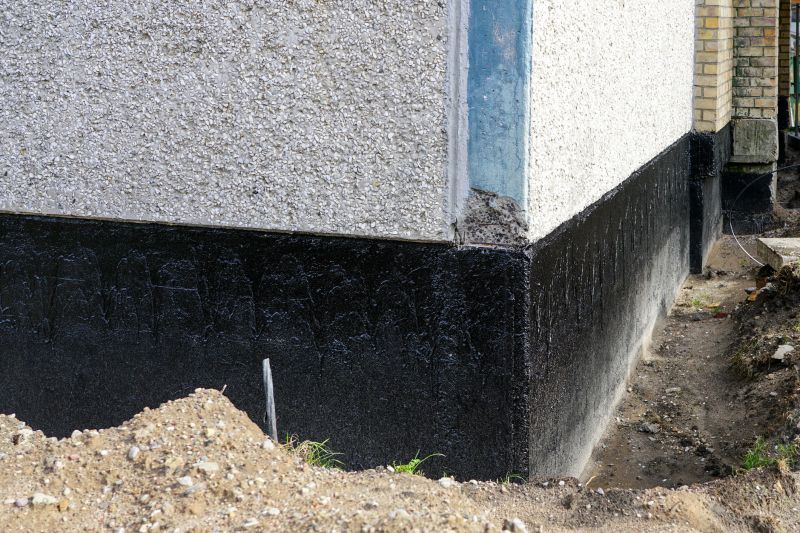
Quick checks and paperwork to keep after Waterproofings.
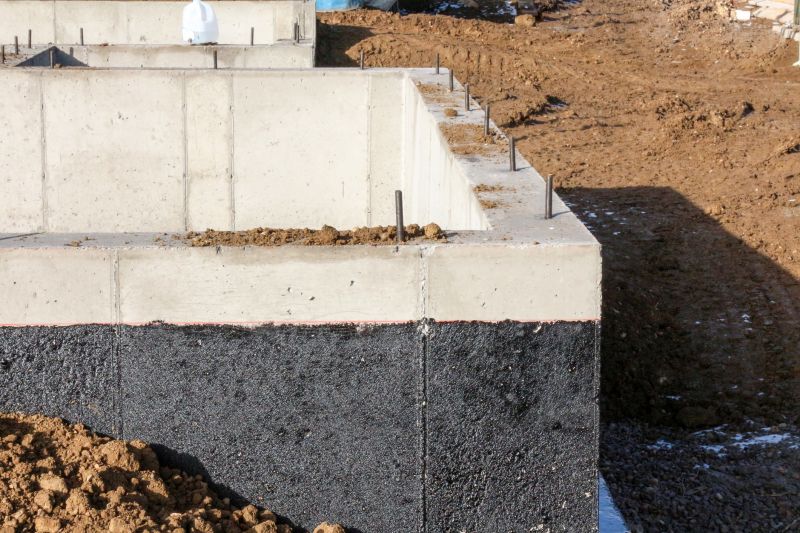
Examples that show the impact a good Waterproofings can make.
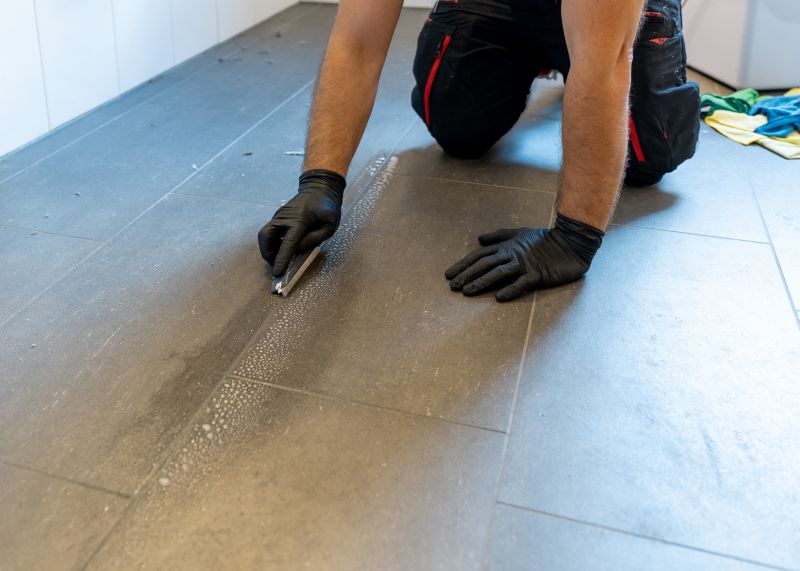
Ways to make Waterproofings work in tight or awkward layouts.
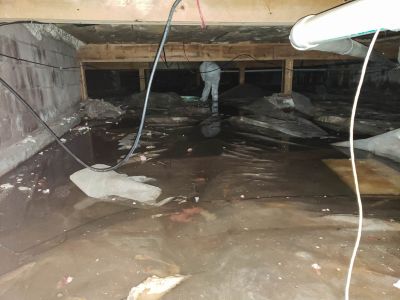
Ways to make Waterproofings work in tight or awkward layouts.
| Season | Recommended Conditions |
|---|---|
| Spring | Moderate temperatures, low humidity, before heavy rains |
| Summer | Warm and dry, but avoid high humidity and rain |
| Fall | Cool temperatures, less moisture, before winter |
| Winter | Not recommended due to freezing temperatures |
Choosing the right time for waterproofing ensures optimal results and longevity of the waterproofing layer. Proper application during suitable weather conditions minimizes the risk of failures and enhances the effectiveness of the waterproofing system.
Interested in waterproofing services in Connersville, Indiana? Filling out the contact form provides a convenient way to explore options and schedule assessments tailored to specific structural needs.

